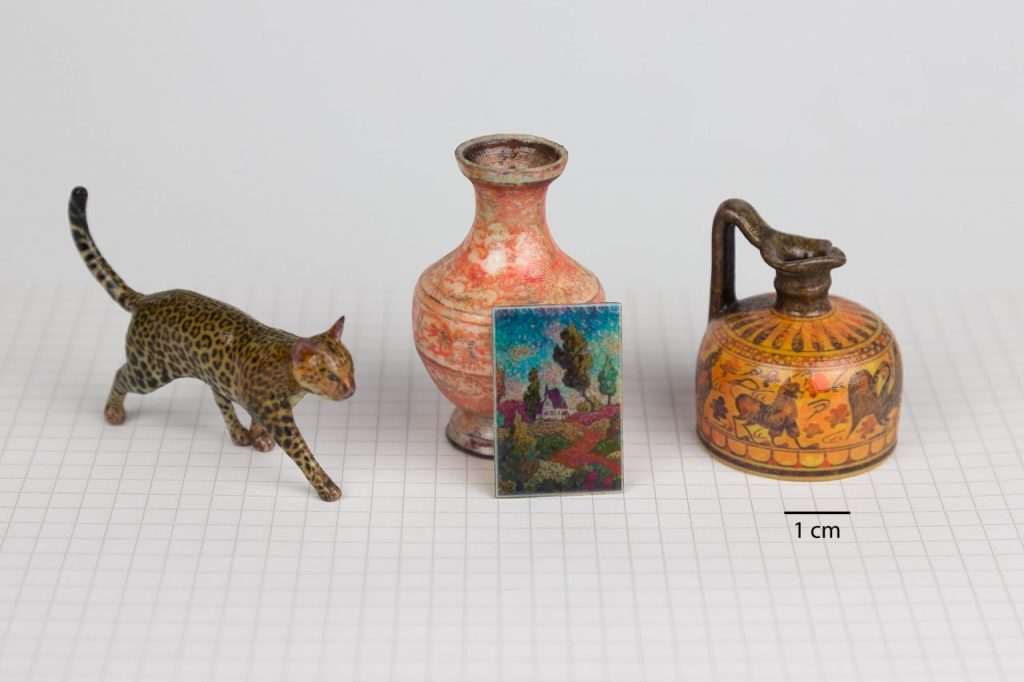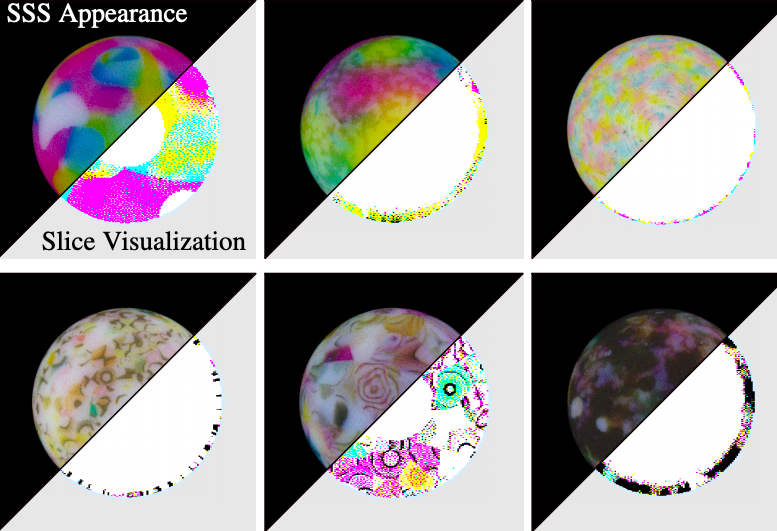For a deeper-dive into additive manufacturing, you can now subscribe to our Youtube channel, featuring discussion, de-briefs and shots of 3D printing in-action.
Researchers from Charles University’s Computer Graphics Group (CGG) have developed a machine learning (ML)-based technique that could help unlock the potential of high fidelity color 3D printing.
By continually simulating the printing process, the team have managed to train an algorithm to iteratively find the optimal parameters for limiting color bleeding, and improving part accuracy. The program is ultra-efficient too, requiring only one GPU, making it up to 300 times faster than similar AI approaches, while reducing print preparation times from tens of hours down to just a couple of minutes.

Color 3D printing’s speed limit
At present, many material jetting (MJ) 3D printers are capable of producing parts that feature complex color variation, hence they’re often used to recreate highly-detailed artefacts and surgical models. To achieve this, conventional MJ systems use UV light to precisely cure different mixtures of translucent base-colored resins, and this subtractive mixing process provides them with a fairly broad palette.
However, despite color 3D printing’s flexibility, it can cause undesired optical scattering, which impacts on the sharpness and accuracy of any resulting parts. Given that such color bleeding is three-dimensional, when it occurs, it also affects colors on opposing sides within thin-walled objects, making it a substantial obstacle to precise production at scale.
Back in 2017, the researchers were able to prove the viability of using simulations to optimize the placement of materials during printing, ensuring a part’s optimal sharpness and contrast. Now though, based on millions of test runs, the team have created an improved algorithm, capable of more accurately predicting how a given surface is influenced by the materials around it, expediting the entire process.

An alternative light scattering model
Conventionally, predicting the direction of UV light travel involves using the so-called ‘Monte Carlo’ (MC) simulation model. Although such approaches are often effective, they can take many hours to complete, even when using a high-end system to produce a very small object, creating a bottleneck that prevents the scalable production of complex colored parts.
To get around this, the researchers adopted a data-driven approach, in which they used a deep neural network to simulate the production of a reduced number of samples, at the cost of a higher result variance. Although the team’s refinement loop led to some lower quality predictions, it took just 30 hours to model a reference object, much less than the more than 3,000 hours projected by MC-driven software.
The revised algorithm was also found to generalize better than existing programs between basic shapes and complex geometries, potentially making it ideal for conducting wider 3D print preparation. What’s more, during testing on a single-GPU workstation, the team’s software ran twice as quickly as before, avoiding the need to assemble the clusters of computers that were previously needed for ML tasks.
In fact, compared to existing MJ 3D printing workflows, the researchers’ turned out to be up to 300 times faster, and resulting specimens featured a similar level of quality to conventional models with a “perceptively crisper” color, although their setup did ultimately perform less well when creating thin-walled objects.
“[Our] 3D printing pipeline matches previous work in quality, while typically being 100 to 300 times faster,” concluded the researchers in their paper. “Despite the limited generality of any data-driven model, the network generalizes well to unseen geometry and material values. This robustness lends our solution for real-world deployment.”
ML-driven AM optimization
In the last 12 months alone, ML algorithms have found wide-ranging 3D printing applications. Just last year, data specialist Senvol was contracted by the U.S. Army Research Laboratory to use its proprietary ML software as a means of developing a flexible plan for qualifying 3D printed missile parts.
Elsewhere, researchers at Argonne National Laboratory and Texas A&M University have used real-time temperature data and ML software to enable advanced 3D printing defect detection. Specifically, the scientists have been able to correlate a part’s thermal history with the formation of subsurface defects during laser powder bed fusion.
In a similar vein, a team based at New York University has managed to use ML tools to reverse engineer glass and carbon fiber 3D printed components. Leveraging CT scans of test samples, the researchers were effectively able to ‘steal’ their design, and recreate them to an accuracy of within 0.33% of the original.
The researchers’ findings are detailed in their paper titled “Neural Acceleration of Scattering-Aware Color 3D Printing.” The study was co-authored by Tobias Rittig, Denis Sumin, Vahid Babaei, Piotr Didyk, Alexey Voloboy, Alexander Wilkie, Bernd Bickel, Karol Myszkowski, Tim Weyrich and Jaroslav Křivánek.
The project was conducted collaboratively across the Max Planck Institute for Informatics, Università della Svizzera italiana, Keldysh Institute of Applied Mathematics, IST Austria, University College London and Charles University.
To stay up to date with the latest 3D printing news, don’t forget to subscribe to the 3D Printing Industry newsletter or follow us on Twitter or liking our page on Facebook.
Are you looking for a job in the additive manufacturing industry? Visit 3D Printing Jobs for a selection of roles in the industry.
Featured image shows two color 3D printed models created using the team’s new ML software. Image via Charles University.


